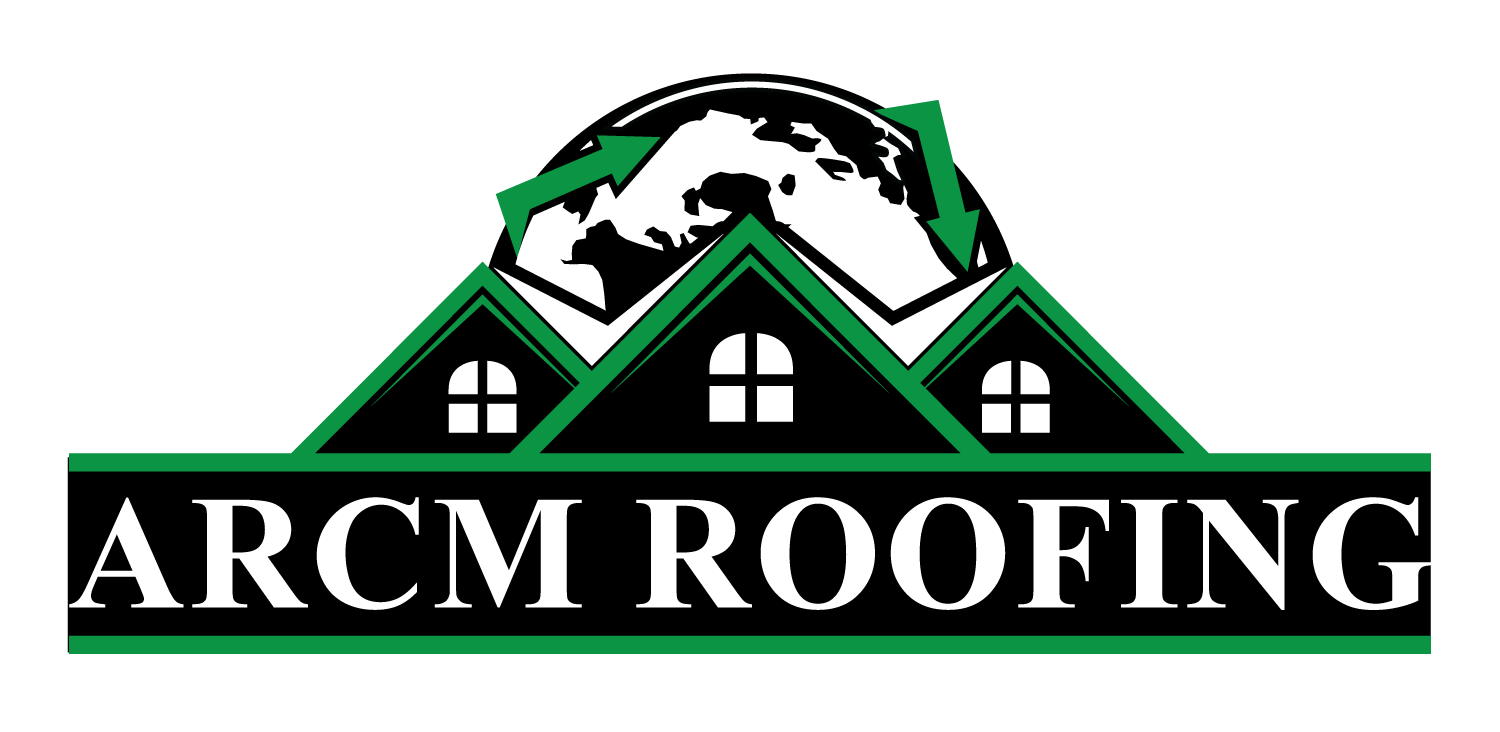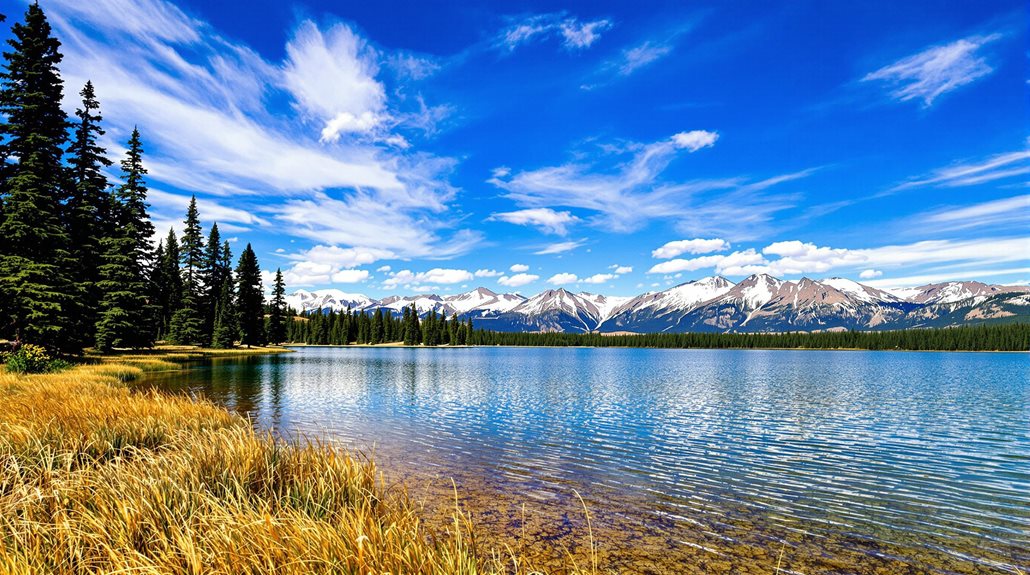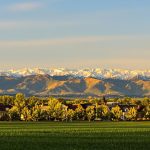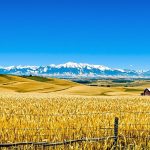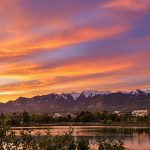Lakeside, Colorado, is a statutory town in Jefferson County, located immediately west of Denver. With a population of 16 as of 2020, it remains the least populous municipality in the state. The town features Lake Rhoda, covering about 20% of its small area. Historically, Lakeside was formed to circumvent Denver's liquor laws and is home to the iconic Lakeside Amusement Park, known as "White City." For deeper insights into its history and attractions, further exploration is warranted.
Expert Highlights
- Lakeside, Colorado, is a small statutory town in Jefferson County.
- It is located immediately west of Denver.
- Founded by Adolph Zang in 1907 to evade Denver's liquor laws.
- The town is home to Lakeside Amusement Park, nicknamed "White City."
- The current population is minimal, with only a few residents.
Location and Geography
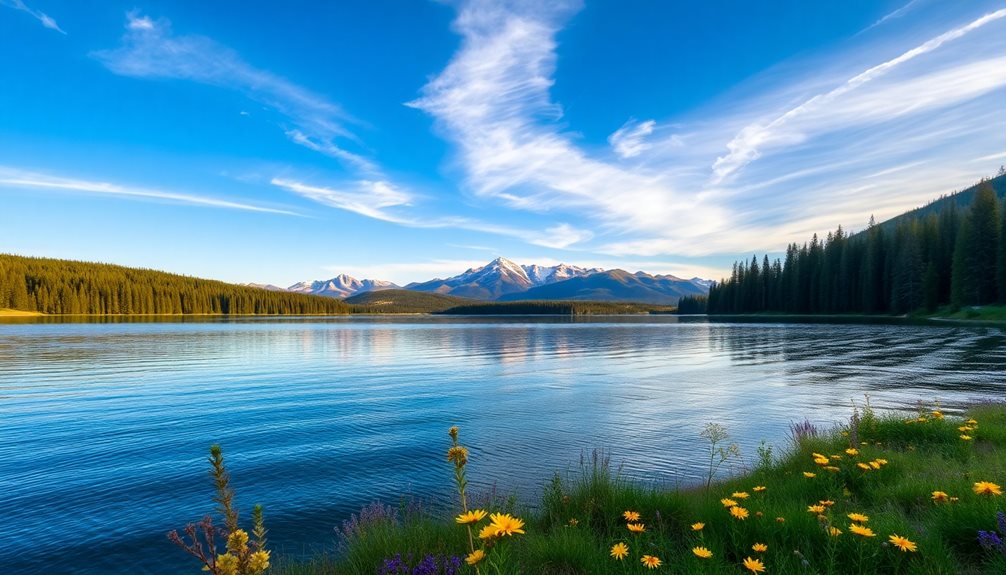
Lakeside, Colorado, is strategically positioned as a statutory town in Jefferson County, situated immediately west of the City and County of Denver, the most populous municipality in Colorado.
Lakeside, Colorado, strategically sits as a statutory town in Jefferson County, immediately west of Denver.
Its location is marked by specific coordinates: latitude 39.7772° N and longitude -105.0558° W.
Lakeside encompasses a land area of 0.19 square miles and a water area of 0.06 square miles, providing a mix of urban and aquatic environments.
The town's namesake, Lake Rhoda, considerably contributes to its landscape.
The charming lakeside town offers visitors a unique blend of small-town atmosphere and scenic water views.
History of Lakeside Town
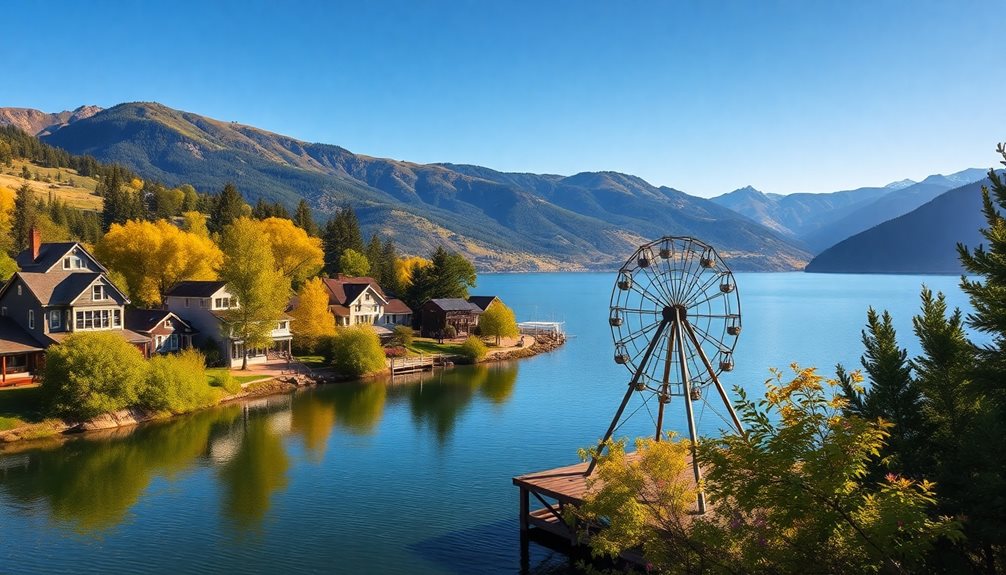
Strategically situated just outside the boundaries of Denver, the formation of Lakeside as a statutory town in Jefferson County was deeply intertwined with the establishment of a significant recreational venture, shaped by the vision of a prominent figure from the Denver brewing industry.
Adolph Zang led the incorporation of Lakeside in 1907 to circumvent Denver's liquor laws. The following year, Lakeside Amusement Park, known as "White City," opened, featuring numerous attractions and a lake.
This setup became a beloved entertainment spot for Denver residents, enduring as a notable piece of regional history. Littleton residents also frequented the park, making it a popular destination for communities throughout the Denver metropolitan area.
Lakeside Amusement Park
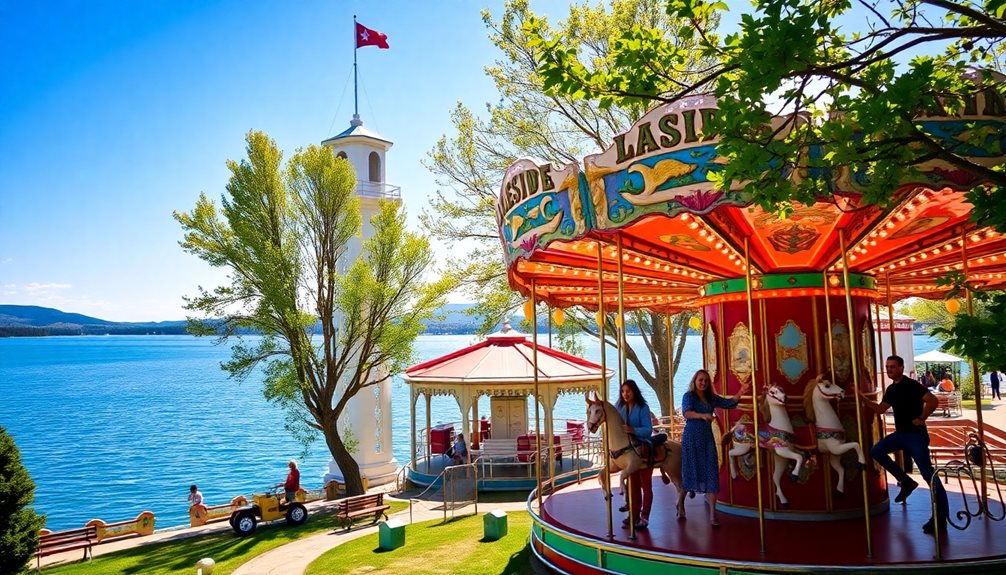
Established in 1908 by a group led by the prominent Denver brewer Adolph Zang, Lakeside Amusement Park quickly gained fame as the "White City," a nickname it earned due to its elaborate lighting system consisting of approximately 100,000 electric bulbs.
This attraction was part of the City Beautiful movement, featuring a casino, ballroom, and various rides like the Velvet Coaster.
Over time, it evolved from an elite venue to a family-friendly park, incorporating Art Deco elements and new thrill rides.
Despite challenges, it remains a beloved spot in Colorado, known for its unique history and nostalgia.
Visiting and Living in Lakeside**
Visitors to the vicinity of Lakeside Amusement Park are drawn into a blend of old and new attractions, showcasing the charm of Denver's outdoor recreational scene.
Visiting Lakeside offers a unique blend of historic amusement parks and trendy neighborhoods like Tennyson Street, featuring art galleries and boutiques.
Living in Lakeside may appeal due to its proximity to larger Denver neighborhoods and attractions, though the town itself is very small, with a population of just 16 people.
This setting combines historical character with modern amenities nearby.
Expert Final Thoughts
Lakeside, Colorado, a small statutory town in Jefferson County, is marked by its unique history and geography. The town's formation in 1907 was tied to the establishment of Lakeside Amusement Park, offering entertainment options and becoming a hub of local activity. Today, the park remains a significant landmark, while the town itself continues to evolve, albeit with a limited population and residential area, emphasizing its distinctive role in the broader Denver metropolitan area.
